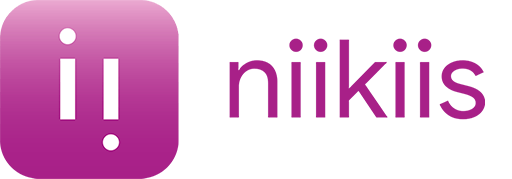How to digitise performance appraisal with key tools
Performance evaluation is a key stage for the personal and professional growth of people. It is a development-focused conversation to assess the objectives and needs of our team. It is important to carry out an evaluation at this level not only to assess the fulfilment of objectives but also to demonstrate a commitment to the employee. Digitising performance appraisal means creating a more streamlined process that is easier to manage. In this article we share the basics to achieve this:
1. Cooperation
In order to carry out a correct performance evaluation, it is essential that all business areas are involved in the development of the system. The joint definition of key competencies for each department is an essential part of any organisation. By transferring the essence and personality of the company in the form of competencies, the performance evaluation unifies everything in a process that helps to better select talent and develop the potential of each person in the organisation. Using a common communication channel where the process is accessible and simple will help to cross-reference data and establish the company's core competencies. There are many applications available that can facilitate this task, such as Microsoft Teams or Notion.
2. Communication
Communication is one of the most relevant aspects in companies as it is a fundamental part of the success of any project. The context of Covid-19 has brought about many changes in the way most organisations work. In fact, a Gartner survey of HR leaders in early 2020 showed that 87% of leaders were considering changes to performance reviews .
Therefore, investing in digital tools that facilitate communication is always a good business decision. A highly recommended tool to facilitate communication would be Slack.
3. Feedback
The essence of performance is continuous feedback. It is about providing an assessment of each other's work where there is an opportunity for growth. To do this, it is best to create a space to establish objectives where they can be reviewed periodically and the needs of each team are analysed. Providing a digital means to offer feedback that reflects the needs of all the people will be fundamental in the evaluation of performance.
HR software such as niikiis that centralises all information will be an indispensable part of streamlining the process.
4. Identification of high potentials
Assessing the performance of talent is an important task for management. It helps to identify those people who are indispensable to the company and who require a more personalised approach to their development. Therefore, creating a 9-box system that allows us to analyse the current level of contribution and the potential of the person in the organisation will be very useful in this process. If we also digitalise it, we will be able to see the organisation's HIPOs at the click of a button and act accordingly.
5. Data analysis
Big data, or big data analytics, helps companies make objective decisions. HR software that integrates these applications will allow business-relevant data to be extracted and help companies to act accordingly. For example, studying employee satisfaction with respect to team leaders can be a very interesting factor to analyse in performance.
In short, performance assessment and talent identification is one of the areas that needs to evolve the most in the people department. The most important thing is not to follow the established models but to create one's own model of people development. Simon Sinek sums up the essence of people management very well in the following sentence:
"When people are invested financially, they want a return. When people are invested emotionally, they want to contribute. "
- Simon Sinek


 Employee database
Employee database  Documents and e-signature
Documents and e-signature  Reporting and analytics
Reporting and analytics  Payroll and incidents
Payroll and incidents  Time and Attendance Software
Time and Attendance Software  Shifts and task list
Shifts and task list  Absences & time-off
Absences & time-off  Workflows
Workflows  Expense management
Expense management  Recruitment and selection software
Recruitment and selection software  Onboarding
Onboarding  Training and procedures
Training and procedures  Internal communication
Internal communication  Performance assessment software
Performance assessment software  HR surveys and forms
HR surveys and forms  Chatbot
Chatbot 